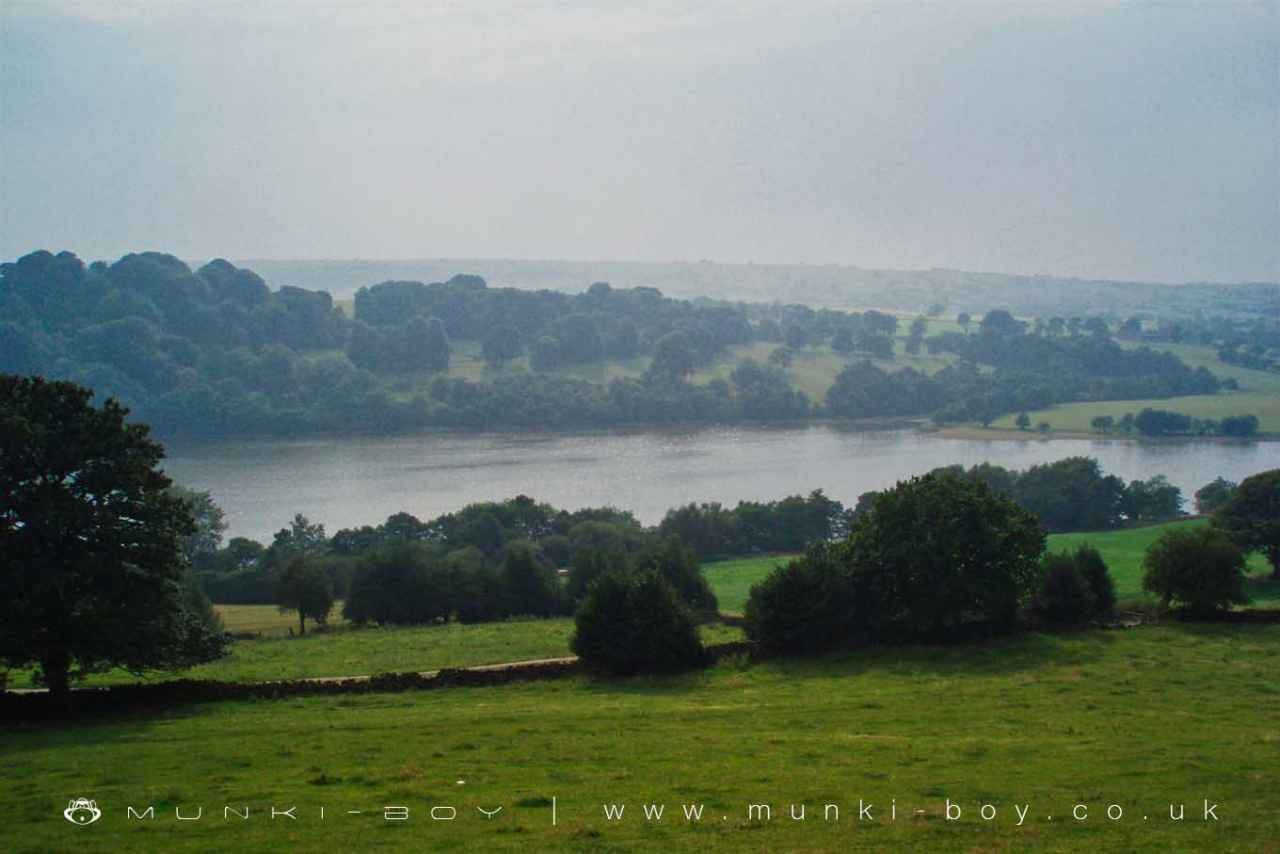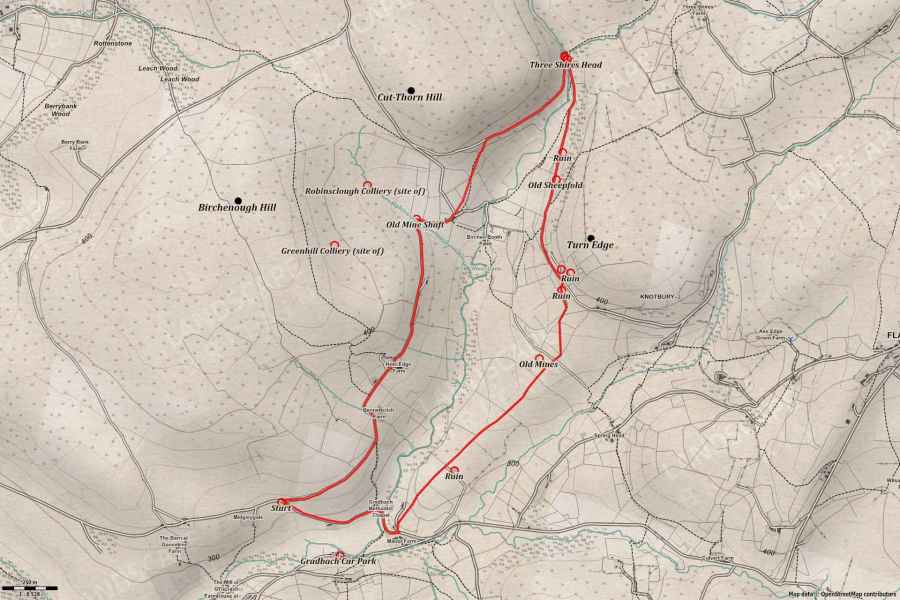
The County of Staffordshire
Staffordshire is a landlocked county in the West Midlands of England. It is surrounded by Cheshire, Derbyshire, Leicestershire, Shropshire, Warwickshire, West Midlands and Worcestershire.
Cannock Chase was designated as an Area of Outstanding National Beauty (AONB) on 16 September 1958 and is the smallest area so designated in mainland Britain. Much of the area is also designated as a Site of Special Scientific Interest (SSSI). Despite being relatively small, it provides a remarkable range of landscape and wildlife. This includes a herd of around 800 fallow deer as well as rare and endangered birds, including Nightjars. It is a former Royal forest.
In the north and south, the county is hilly, with wild moorlands. In the far north of the county is the uplands of the Peak District.
Staffordshire is home to the highest village in Britain. The village of Flash, in the Staffordshire Moorlands, stands at 463 m (1518 ft) above sea level. This record was confirmed in 2007 by the Ordnance Survey.
Staffordshire has an extensive network of canals running through the county. These include the Birmingham and Fazeley Canal, Caldon Canal, Coventry Canal, Shropshire Union Canal, Staffordshire and Worcestershire Canal and Trent and Mersey Canal.
Stoke-on-Trent, in Staffordshire is famous for Wedgwood, a fine china, porcelain and luxury accessories company founded on 1 May 1759 by English potter and entrepreneur Josiah Wedgwood.
In a field near Lichfield in July 2009, perhaps the most important collection of Anglo-Saxon objects were found in England. Known as the Staffordshire Hoard, it is the largest hoard of Anglo-Saxon gold and silver metalwork yet found. It consists of over 3,500 items, amounting to a total of 5.1 kg of gold and 1.4 kg of silver, along with pieces of garnet cloisonné jewellery.
The Tamworth, also known as Sandy Back and Tam, is a breed of domestic pig originating in Tamworth, Staffordshire. It is among the oldest of pig breeds and its ginger-red colouration and is thought to have descended from wild boars.
The Staffordshire Bull Terrier dog was originally bred in the region for hunting purposes. In March 2018, Staffordshire Police took two-year-old Cooper, a Staffordshire Bull Terrier, from an RSPCA animal center in Taunton for training. He is the first Staffordshire Bull Terrier in the UK to become a police dog.
Part or all of Staffordshire is in Cannock Chase AONB, a designated Area of Outstanding Natural Beauty.
Staffordshire's Surrounding Counties
Other counties neighbouring Staffordshire include: Derbyshire, Cheshire, Shropshire, Warwickshire and West Midlands .
Staffordshire is a county with a great selection of places to visit including caves, cities, towns, villages, castles, historic buildings, ancient sites, lakes, roman sites, hills and country parks.
There are a several good caves in Staffordshire county like Thors Cave.
Staffordshire's best cities can be found at Stoke-on-Trent, and Lichfield.
Don't miss Kidsgrove, Tamworth, Rugeley, Burntwood, Leek, and Cannock's towns if visiting Staffordshire.
The county of Staffordshire boasts some of the best villages including Mow Cop.
Don't miss Mow Cop Castle, and Tamworth Castle's castles if visiting Staffordshire.
Don't miss St Editha's Parish Church, and Tamworth Castle's historic buildings if visiting Staffordshire.
The county of Staffordshire boasts some of the best ancient sites including Castle Ring.
Staffordshire features a number of interesting lakes including Blithfield Reservoir.
Don't miss Wall Roman Site's roman sites if visiting Staffordshire.
Staffordshire's best hills can be found at The Roaches.
There are a several good country parks in Staffordshire county like Cannock Chase.
Walks in Staffordshire
Three Shires Head (Panniers Pool Waterfall) Walk
A nice circular up the River Dane to the historic Panniers Pool at Three Shires Head (or Three Shire Heads as it once was known); talking in good views of the surrounding hills and the small waterfalls below Pannierspool Bridge.
Length: 6Km (approx.)
Difficulty: Moderate


















